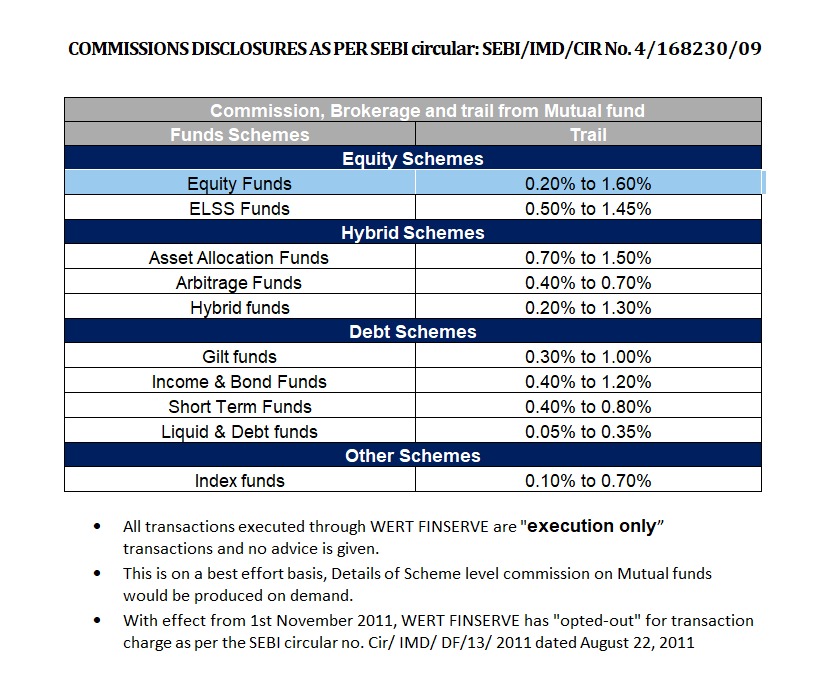“93% of Indians earning less than ₹50,000 per month now depend on credit cards for daily expenses. When your lifestyle grows faster than your income, debt becomes your silent financial killer.”
India is facing a double-edged financial crisis: booming consumerism on one hand, collapsing savings and rising household debt on the other. Household debt has already touched 39.1% of GDP in Q4 2024, while savings have shrunk to 18.4% of GDP, down from 32.1% in 2000. Meanwhile, credit card spending exploded by 31% in a single year, rising from $15.61 billion in Jan 2023 to $20.41 billion in Jan 2024.
But this isn’t just about reckless borrowing, it’s about lifestyle inflation. With aspirations rising, incomes growing moderately, and easy access to credit, Indians are trading long-term financial security for short-term lifestyle upgrades.
Lifestyle Inflation Index: The Data Speaks (Feb 2024)
In a pathbreaking analysis, Dipanwita Mazumdar (Economist, Bank of Baroda, Feb 2024) constructed a Lifestyle Inflation Index (LII) from 69 consumer basket items, ranging from chocolates, dry fruits, liquor, and luxury clothing to domestic help, motor cars, air fares, laptops, and hotel lodging.
Key Insights from the LII:
- Weight in CPI basket: 18.8%
- Rising lifestyle inflation: From 4% in FY18 to 6.4% in FY23
- High-inflation items: Chocolates, biscuits, leather boots, monthly maintenance charges, and cinema tickets saw double-digit price rises
- Electronics inflation: Mobile phone inflation rose from 0.3% in FY18 to 5.9% in FY23, laptops from 1.6% to 9.1%, and cars/jeeps from 2.4% to 7.7%
- Affordability paradox: While per capita disposable income grew at 8.5% CAGR, the demand for premium goods pushed inflation higher, reflecting a clear shift in consumer aspirations
Interestingly, in the pre-pandemic years, LII inflation often outpaced overall CPI. But post-FY23, lifestyle inflation has been slightly below essential commodity inflation – showing a cooling trend in luxury spending as necessities surged in price.
The Debt–Savings Crisis (2024–2025)
Household Debt Explosion
- Household debt surged to 39.1% of GDP in Q4 2024
- Retail credit expanded from 12.1% of GDP (2017) to 19.4% (2023)
- Unsecured credit (credit cards) grew at 21.3% annually (2021–2024)
- Total household debt value reached 17.1% of nominal GDP (Mar 2024)
Savings Collapse
- Household savings fell to 18.4% of GDP, down from 32.1% in 2000
- Liabilities now stand at 41% of GDP
Credit Card Dependency
- 83 million active cards in circulation (2024)
- Spending surged to ₹1.7 lakh crore in Jan 2024
- 93% of salaried Indians <₹50,000/month depend on cards for daily expenses
EMI Trap
- Households typically spend 40–50% of monthly income on EMIs
- Leaving little for savings, widening the debt trap
Changing Consumption Patterns (2025)
India is now firmly in the era of consumption-driven growth.
- Consumer spending reached ₹28.1 trillion in Q4 2024
- Rural households reduced cereal expenditure share:
- Urban households cut it from 12.35% to 3.62% in the same period
- Discretionary spending dominates: 63% on lifestyle items (fashion, electronics), 13.7% on online gaming
The Digital Credit Wave
- 38% of Indian Gen Z use Buy-Now-Pay-Later (BNPL) for lifestyle purchases
- Credit dependency is rising fastest among the young and urban middle class
Urban vs Rural Divide
- Urban India: heavy spending on lifestyle upgrades, premium brands, digital services
- Rural India: higher share of essentials, less exposure to lifestyle inflation
Why Lifestyle Inflation Matters
- Credit growing twice as fast as income
- Savings erosion timeline
- The Wealth Paradox
Visual Data Suggestions
Chart 1: Household Financial Health Crisis (2000 vs 2024)
- Savings % of GDP: 32.1 → 18.4
- Household Debt: 15% → 39.1%
- Credit Card Users: 5M → 83M
Chart 2: EMI Culture (2021–2024)
- Unsecured loans: +21.3%
- Credit cards: +31% YoY
- Housing loans: ~50% of retail loans
Chart 3: Income vs EMI Burden
- ₹50,000 salary → ₹20–25k EMIs, ₹10–15k savings
- ₹2,00,000 salary → ₹80k–1L EMIs, ₹40–60k savings
Conclusion
India’s story is no longer about inflation eating into essentials, it’s about aspiration-driven inflation that pushes families into debt. The Lifestyle Inflation Index (LII) proves that discretionary categories like electronics, travel, and leisure are driving higher inflation, while national statistics confirm that savings are collapsing and debt is ballooning.
The warning is clear: unless households reset financial discipline, lifestyle inflation could become the silent killer of long-term wealth in India’s rising middle class.
Disclaimer: The information presented in this document is intended for informational and educational purposes only and does not constitute investment advice, solicitation, or recommendation to buy or sell any financial product. While every effort has been made to ensure accuracy, Wert Finserve makes no representations or warranties regarding the completeness or reliability of the data provided. Market conditions are subject to change, and past trends may not continue. Readers are advised to consult a SEBI-registered investment advisor for personalized financial guidance before making any investment decision.





